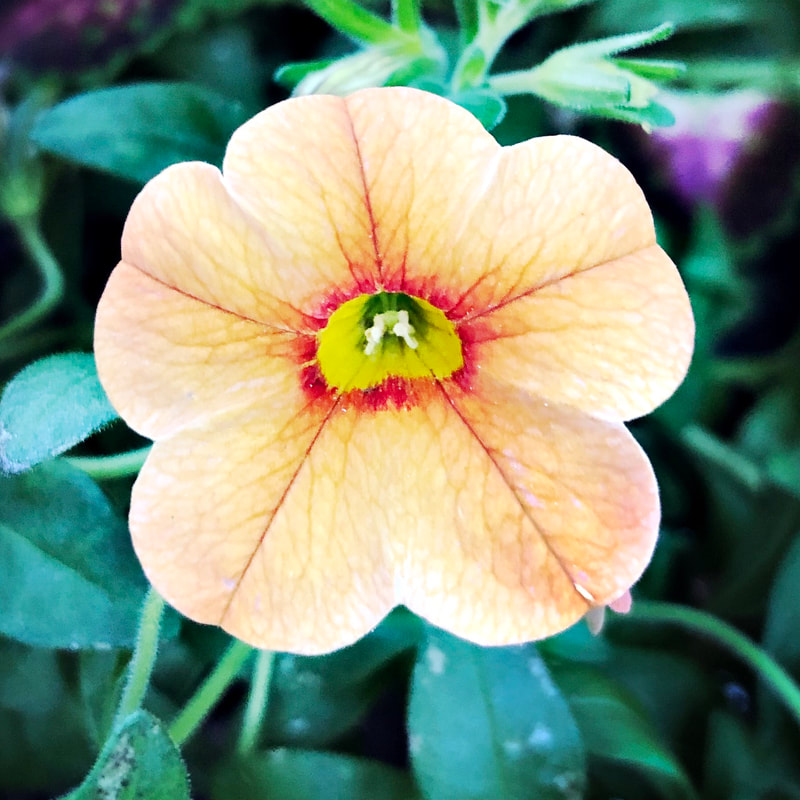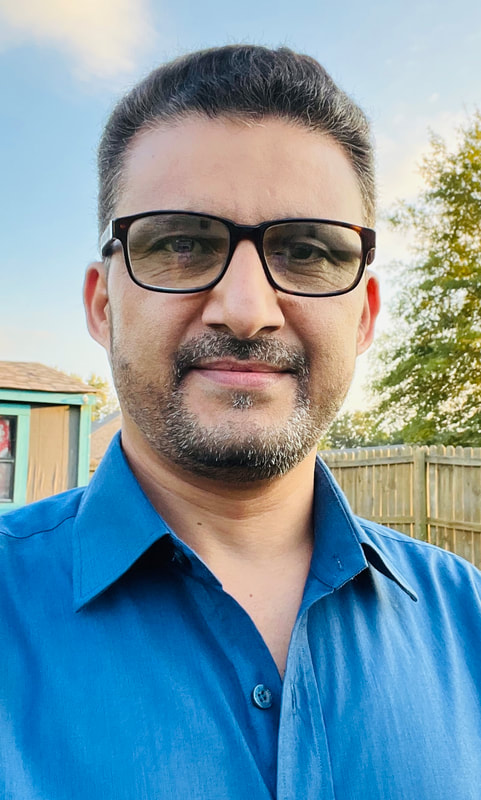ASSAY: A JOURNAL OF NONFICTION STUDIES
9.2
9.2
|
In their 2017 article, “Research in Creative Writing: Theory into Practice,” Christine Bailey and Patrick Bizarro report on a study the findings of which were presented in the form of a novel. “Using this method,” they explain, “we studied creative writing aesthetically as creative writing ….” (77). Their research question for the study was: “Is there a method of research uniquely suited to conducting research in academic creative writing” (79)? While the primary focus of the article remains to be the authors’ intent to develop a research method for creative writing away from composition studies because, they argue, research methods borrowed from composition have “not advanced the cause of creative writings’ existence in English studies as an independent subject” (79), this effort to develop “appropriate aesthetic research methods that collect data and report those data in a manner consistent with the values of the creative writing community” (79) aptly reflects the field’s lack of established research methods and a continued search for the ones that adequately serve our disciplinary needs.
Unlike in most other disciplines in the university, creative writing instruction is still largely informed by lore-based craft writing done by the practitioners of writing, writers themselves. “Lore,” according to Stephen M. North, who popularized the concept in Composition Studies in the 1980s, is “the accumulated body of traditions, practices, and beliefs in terms of which Practitioners understand how writing is done, learned, and taught” (22). This knowledge is not methodologically developed and is not “‘scientifically’ rigorous either” (North 23). In creative writing, lores have been understood mostly as writers’ self-reports. Wendy Bishop describes writer’s self-reports as “professional writers’ stories, anecdotes, aphorisms, and other forms of self-report” (Released 16). Such reports are neither methodologically studied findings, nor are they mere whims of the author, though sometimes the latter may be the case because such reports are individual perceptions put forward without a systematic inquiry. Yet lore, as North says, is not without logic. According to North, “It is driven, first, by a pragmatic logic: It is concerned with what has worked, is working, or might work in teaching, doing, or learning writing” (23). Though North’s focus here is writing in Composition, it can be equally true of Creative Writing. In this article, I discuss the role autoethnography can play in substantiating craft talks, which can often take the form of creative nonfiction, and authors’ self-reports in Creating Writing.
|
|
Khem Aryal is an associate professor of creative writing at Arkansas State University, where he also serves as Creative Materials Editor of Arkansas Review. His most recent work has appeared in such journals as The Pinch, Reed, South Carolina Review, and New Writing. His debut short story collection, The In-Betweeners, will be out in September, 2023 from Braddock Avenue Books, and his edited collection of stories and essays by authors of South Asian descent in the U.S., South to South: Writing South Asia in the American South, is coming out from Texas Review Press this summer (2023). His fiction chapbook, His Grandma Blues, was released last November by Belle Point Press as part of its Mid-South Prose Series.
|

